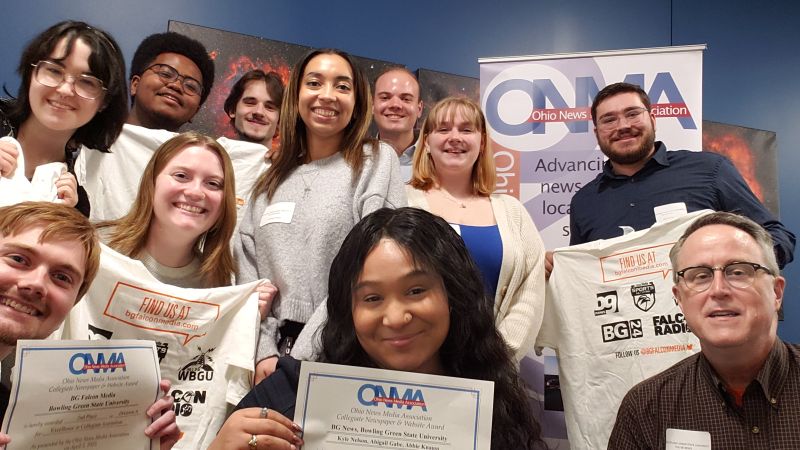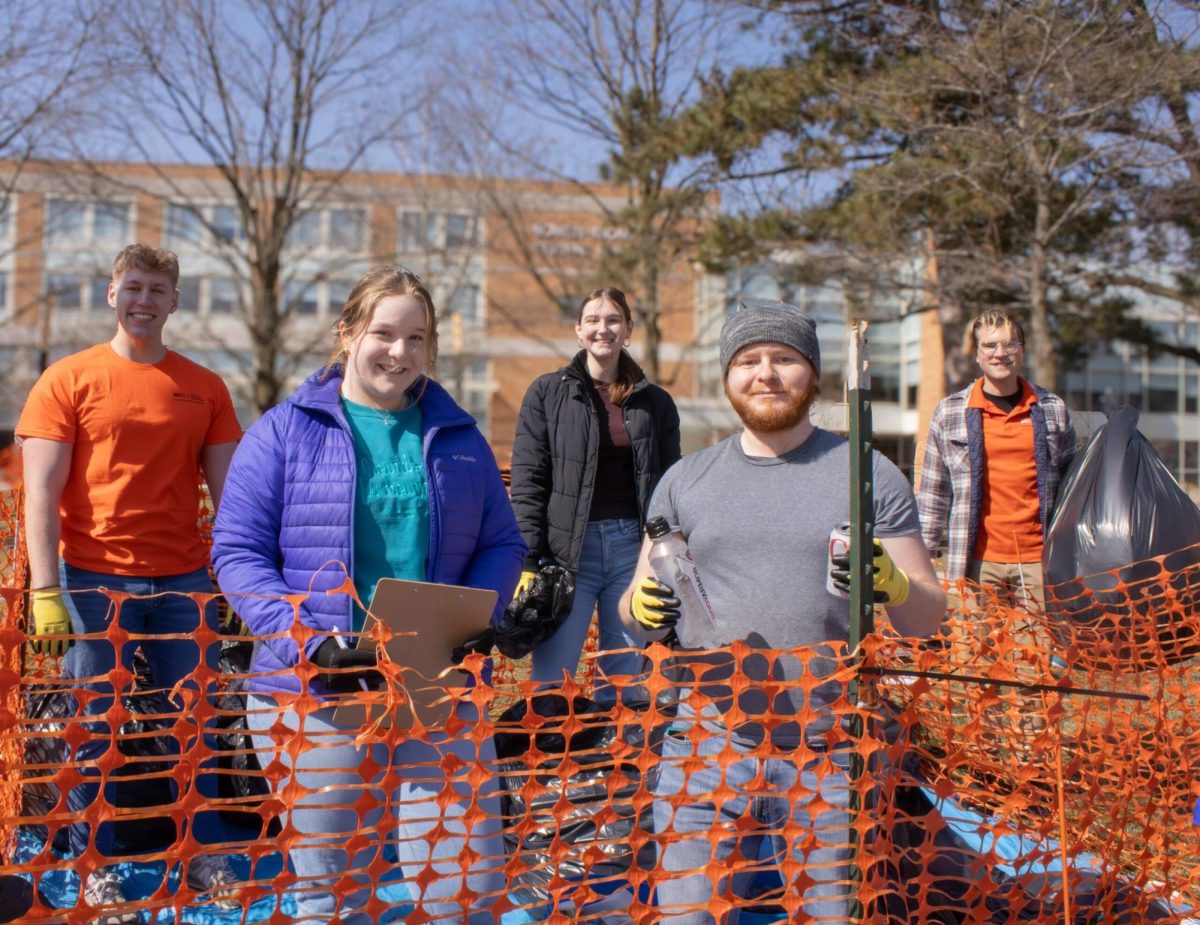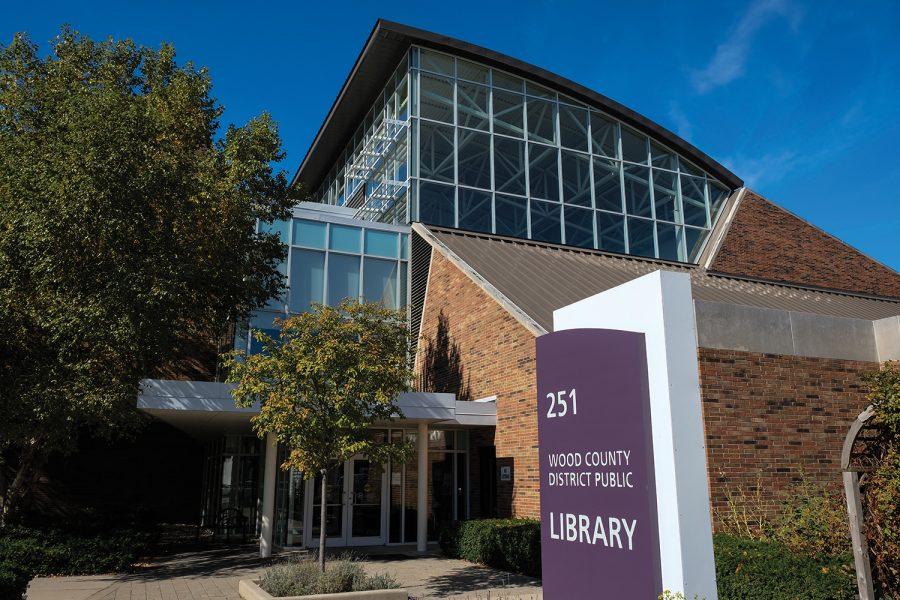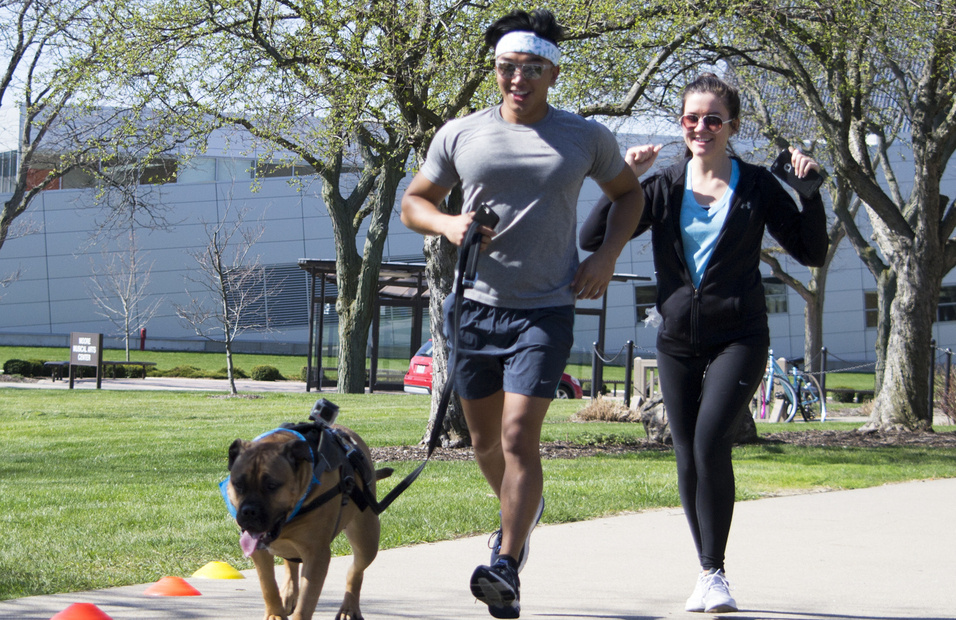The University’s overall spring enrollment continues to increase this semester in large part due to a rise in E Campus students, which are eight-week online credit programs.
While spring 2017 semester has seven more graduate students enrolled than spring 2016, there are 61 less students on campus. There has also been a 95 count reduction in distance learning – 16-week, online programs including exam week.
Peggy Booth, Dean of the Graduate College, said the decline in distance learning and on-campus students has actually shifted to more E Campus courses, resulting in a 2.9 percent increase on the Bowling Green campus.
E Campus sessions were first introduced to University students about two years ago, primarily for working professionals. Instead of 16-week semesters, these E Campus courses take on the same courseload in only 8 weeks, according to Cecilia Castellano, Vice Provost for Strategic Enrollment Planning.
A lot of the E Campus programs were originally part of distance learning, so as the E Campus numbers increase, distance learning will decrease. All new online programs will be formatted to fit the E-campus program. There are two of sessions in both the fall and spring semesters, for a total of four each year, in addition to two six-week terms in the summer.
Castellano said it’s more convenient for students to take eight week classes.
“You can get two or three classes in eight weeks, and then if you do that twice you’ve got a full semester completed, which is typically more manageable,” she said.
Booth said especially for graduates, many traditional face-to-face classes are moving online or have had online versions created, attributing both the distance and on-campus decline to rising use of the University’s E Campus.
“We’ve got adult professionals who are trying to fit this into their lives, and so those eight-week sessions tend to work really nicely,” she said.
The E Campus classes allow students who want to go to graduate schools to start at non-traditional times every eight weeks instead of just at the beginning of each semester.
Undergraduates have also taken part in E Campus courses. Undergraduate E Campus numbers increased to 154 students from 21 last spring for a 633.3 percent increase. There was also an increase in undergraduates using traditional courses.
Undergraduate enrollment has increased 3.5 percent on the Bowling Green Campus through additional traditional courses, E Campus courses and a decline in distance learning, totaling an undergraduate and graduate enrollment increase of 2.9 percent at the Bowling Green campus.
However, Firelands, the University’s branch in Huron, has experienced an 11.5 percent decrease from last spring.
“While the economy tends to be better, our branch campuses tend to be a little bit lower in enrollment,” Castellano said.
Between the two campuses, including undergrad and graduate, the University’s enrollment numbers are up 1.2 percent.
Castellano also reported a continued increase in College Credit Plus programs, with a 27 percent rise this year at both the Bowling Green and Firelands campuses.
The University has also formed partnerships with high schools to offer dual enrollment courses, which are University courses taught by qualified teachers within high schools.
Some high schools only want to offer these dual enrollment courses by trimester or in the spring semester, so numbers may vary by semester.
“It’s all about what works for the school district,” Castellano said.
She said going forward the goal is to encourage high school students taking University courses at the University after graduation. She doesn’t see it affecting enrollment, but will change what courses may look like for incoming freshmen.
“It changes what your traditional freshman would need for their first or second semester,” she said. “This past fall we saw an increase in students bringing credit hours in…and we think that trend will continue up.”
Booth said the College Credit Plus Program also changes the end of a freshman’s college career by allowing students to start master’s degrees during their senior years as college undergraduates. New accelerated graduate programs are helping students continue a four year college experience despite finishing undergraduate requirements early.
This year’s freshmen class also shows a persistence rate of roughly 91 percent (meaning freshmen returning from fall to spring semester). The University will evaluate retention next fall after a full year.













